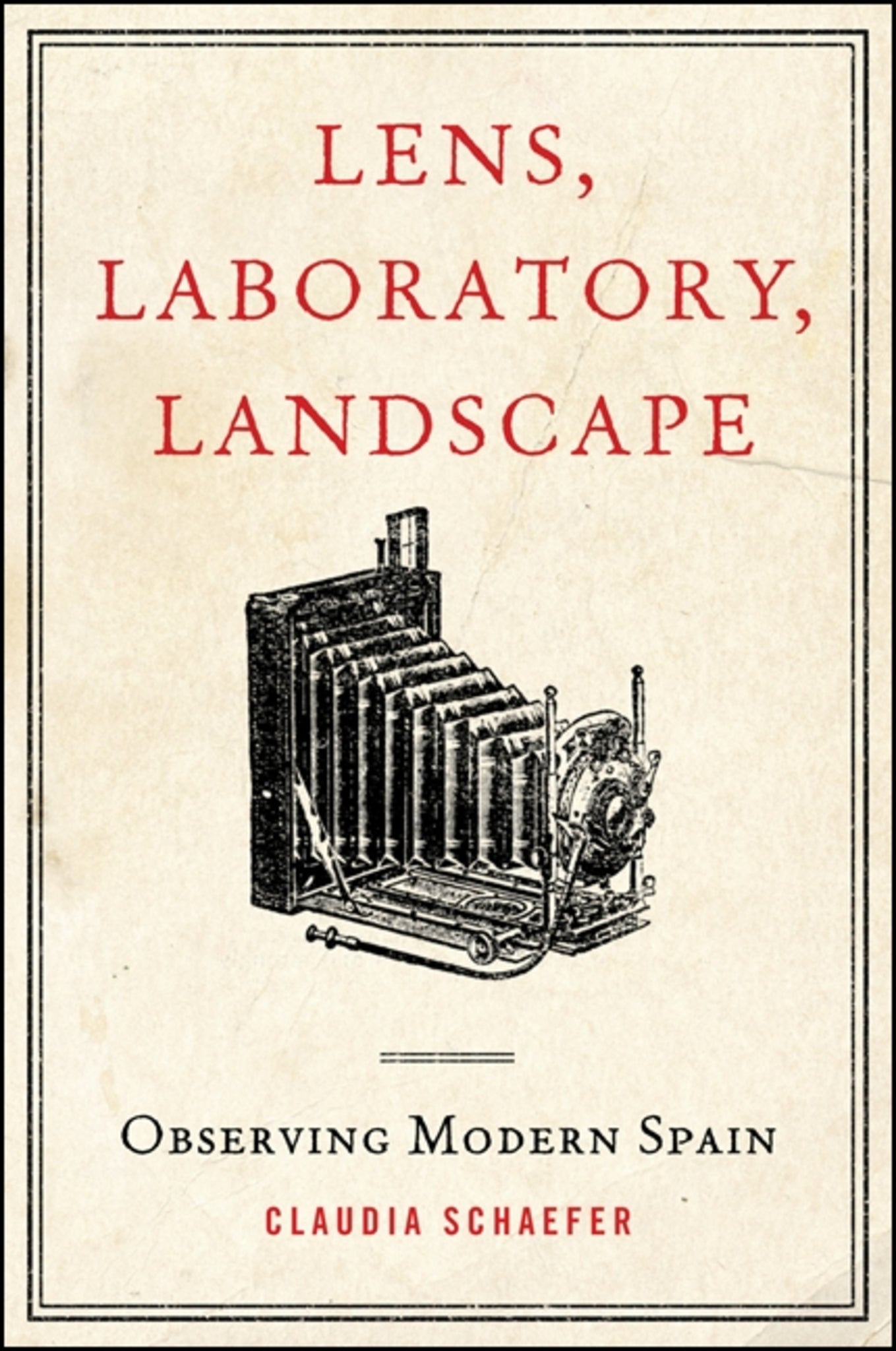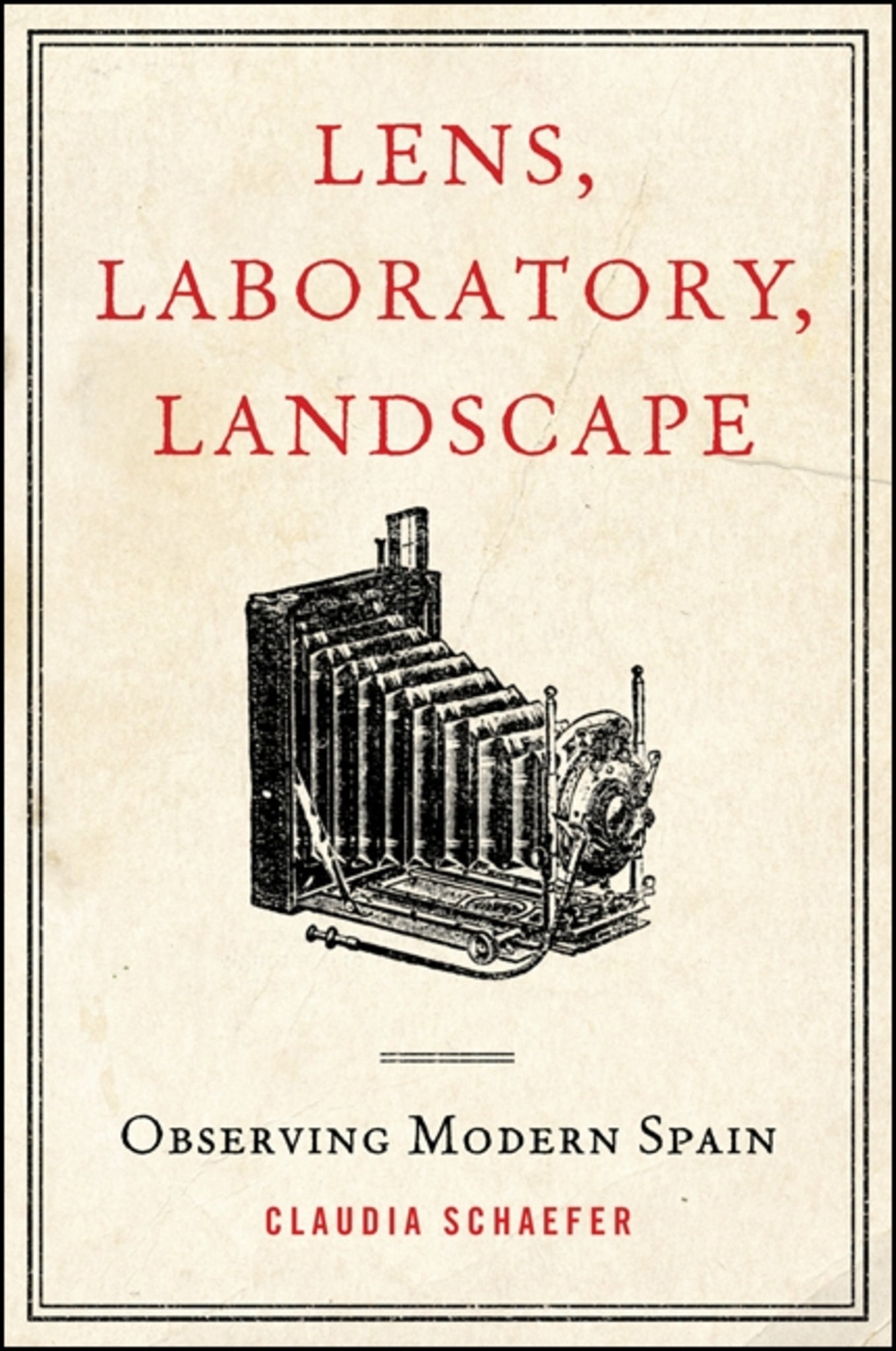We're sorry. An error has occurred
Please cancel or retry.
Lens, Laboratory, Landscape

Some error occured while loading the Quick View. Please close the Quick View and try reloading the page.
Couldn't load pickup availability
- Format:
-
02 July 2015

An interdisciplinary study of the rise of empirical observation in the Spanish arts and sciences as the principle vehicle for acquiring knowledge about the natural world.
Lens, Laboratory, Landscape focuses on competing views about the power of vision in Spain between the 1830s and the 1950s. The photographic lens, laboratory microscope, "retinal vision" of philosopher José Ortega y Gasset, and the topographical studies of Manuel de Terán are woven together in and around a European cultural milieu that gave observation primacy. For once, Spain-now bereft of its empire-was not on the outside of such debates. Whether in the laboratory, family home, darkroom, art gallery, or on the road, in Cuba or Zaragoza, Madrid or Massachusetts, Spanish artists and scientists were engaged with the social and economic power of observation at a time when the speed of modern life made observing a challenge. Claudia Schaefer brings the technologies of the eye-photograph, microscope, lens, tools for land surveying-to light as markers on the nation's touted path to modernity.


List of Illustrations
Acknowledgments
Introduction
1. The Creation of a New Scientific Persona: Santiago Ramón y Cajal and the Rise of Popular Photography in Spain
2. The Curtain Rises on the Magic Theater of Life: Cajal, Master of Light and Color
3. Matter, Time, and Landscape: Ways of Seeing in Cajal, Oretega, and Benjamin
4. Science as a Two-Way Street: Contradictory Traces of Modernity in Dalí and Terán
Conclusion: A Last Look at Observation
Notes
Works Cited
Index



